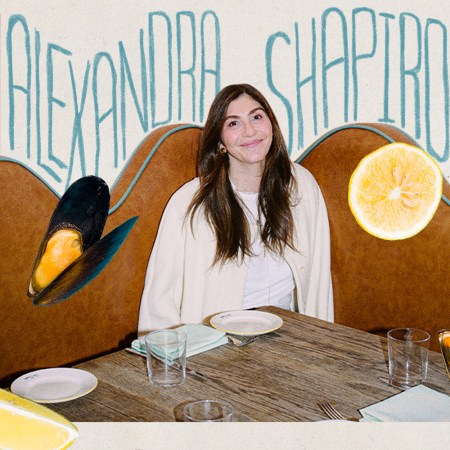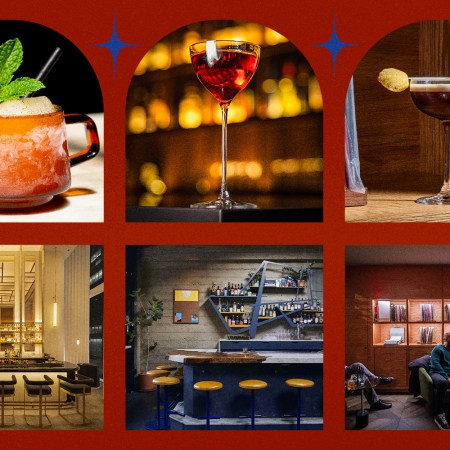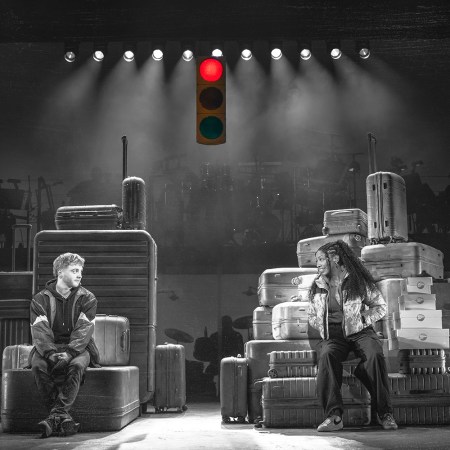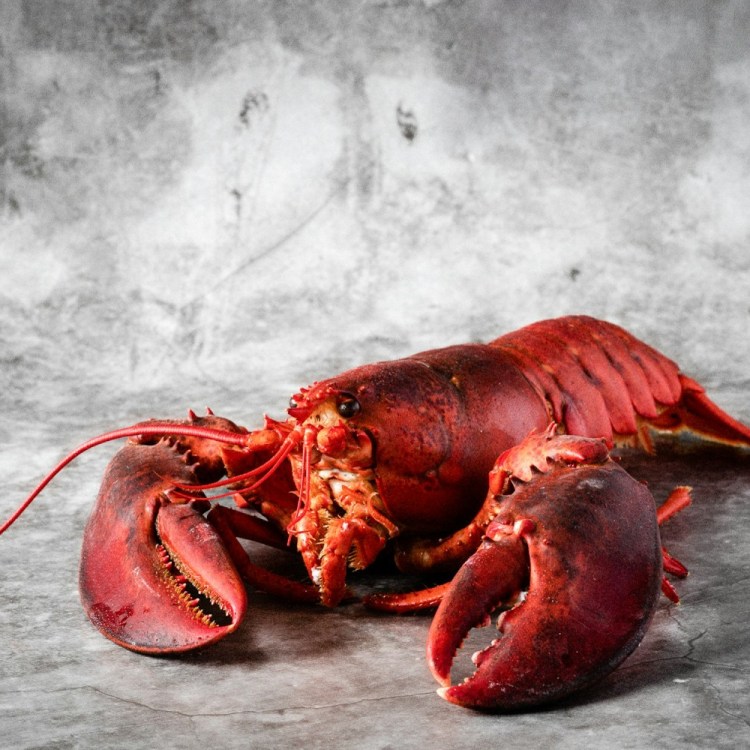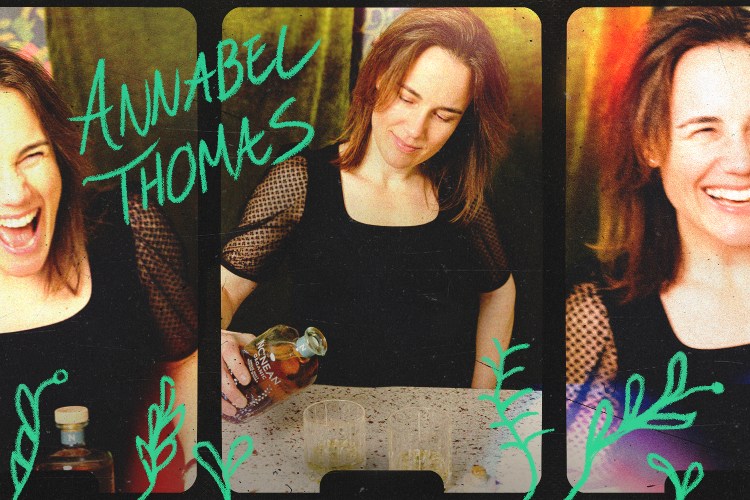The notion of blending culture through cuisine is a tale as old as time. Take pasta, for example, whose position as a staple ingredient in Italy likely came about through Arabic trade in Sicily; or potatoes, which eventually made their way to Ireland after the Spanish brought them back to Europe from Peru in the late 1500s.
More recent examples abound, too. There’s the banh mi sandwich, a popular Vietnamese street food that draws inspiration from both French and Vietnamese ingredients. Fajitas are a Tex-Mex staple that were created by Mexican ranch workers, or vaqueros, in South and West Texas in the early 20th century. But dare to slap the fusion label on any of these dishes, and you might raise a few eyebrows(and draw a few frowns.
While blending cooking cultures and techniques is nothing novel, the concept of fusion cuisine as a category seemed to reach its peak in the late 20th century, culminating in the addition of the phrase “fusion cuisine” to the English Oxford Dictionary in 2002. “Fusion cuisine first gained popularity during the early stages of international cuisines entering the U.S., when many Americans were still unfamiliar with certain cultural flavors,” says David JoonWoo Yun of C as in Charlie in New York. “To appeal to a broader audience beyond immigrant communities, chefs often had to localize dishes, blending elements from different cuisines to make them more accessible. In that context, fusion served as a bridge between the unfamiliar and the familiar.”

In recent decades, however, fusion has become somewhat taboo, with concerns around inauthenticity, cultural appropriation and, frankly, bad combinations. “As global exposure grew through social media and pop culture, so did curiosity around authenticity,” Yun adds. “People started seeking out traditional flavors as they are, not just adapted versions.”
But that doesn’t mean new cultural cooking combinations have gone away. Instead, chefs across the country say that as multiculturalism becomes the norm, finding ways to present food that reflects the world we actually live in is more important than ever.
At Meski, for instance, chef Nelson German promises Afro-Latin flavors through an Ethiopian lens. “We don’t even necessarily consider our food fusion,” he says. “For us, it’s a celebration of the African diaspora. While technically we are blending cuisines from different countries, we see it more as showcasing the diversity within Black food — different geographies, yes, but connected through shared history and roots.” The oxtail at Meski is paired with an achiote sazon, while arroz con pollo is seasoned with korerima, or Ethiopian cardamom.
At Animae in San Diego, chef Tara Monsod proudly calls her food Asian fusion cuisine, but reimagined. “Fusion is the lens I see food through as a third-culture chef,” she says. “At Animae, every dish has a story. Some are rooted in the Filipino dishes my parents made, others are inspired by growing up in Los Angeles as a commuter family, eating across cultures and neighborhoods.” As such, you’ll find Taiwanese chicken alongside a Japanese nori Caesar salad, not because Monsod is trying to appeal to every diner’s palate but because it’s her way of telling her story on a plate.
The Most Overrated Food Trends, According to Chefs
“Uni, truffles, caviar — these ingredients used to be special,” laments one executive chefOther chefs simply view today’s fusion as the evolution of modern dining. “At Perilla, we’ve taken the backbone of a classic steakhouse — service, presentation, the celebratory feel — and layered in Korean depth,” says Thomas Oh, general manager and co-founder at Chicago’s Perilla Steakhouse. “Our stocks are built the way Korean stocks are built. A lot of our ingredients are fermented in-house. Our dishes might look familiar, but the flavor profiles tell a deeper story.”
Oh remembers a time when non-Western cooking techniques were not accepted in certain kitchens. “I was once mocked for how I made stock because it didn’t follow the classic French formula,” he says. “But Korean cooking techniques have their own logic, their own soul. When you respect where something comes from, you don’t need to force it to fit.”
As such, the rice cake cacio e pepe at Perilla (which combines Korean rice cakes with Pecorino Romano, Parmigiano and black pepper) doesn’t feel like a gimmick but like a combination that’s been waiting to happen. The same goes for its kimchi fried rice, which somehow makes blue cheese, kimchi and guanciale work together.

For chef Eric Ehler of San Francisco’s Outta Sight Pizza, making fusion pizza was really about cooking what he wanted to eat. “Pizza is definitely Italian at its core, but it’s fun to incorporate our cultures and backgrounds into our food,” he says. “It helps share stories, make things more exciting and ultimately more flavorful. We’re always talking about pizzas that may have seemed like jokes in the past but actually make perfect sense — pastrami and kimchi, al pastor pies, pork belly pies. The sky is the limit.” You could even try the mapo mala pork pizza, topped with whipped tofu and chili crisp.
Even more surprising combinations took place at The Great Nosh 2025, a food festival that celebrates the intersection of Jewish food with a wide range of other cuisines. “Like the food and foodways of all cultures, Jewish food has influenced and has been influenced by the food of people wherever Jews have lived,” says Mitchell Davis, chief picnic officer of The Great Nosh. “Our goal with the curation of the chef collabs presented at The Great Nosh was to represent both the intersection of cultures and the close relationships formed here that make this city and its food unique. It’s what happens when a Thai restaurant meets a Jewish deli.”
Ultimately, when it comes to combining styles, techniques and ingredients, chef Jesus Dominguez of Morella says it’s all about respect. “Good fusion respects each cuisine by doing it right — no shortcuts, real techniques and understanding what makes each tradition special,” he says. “For Morella, fusion cuisine represents the authentic, historical blending that occurred when Italian immigrants moved to Argentina in the early 20th century. We combine traditional empanadas with Italian arancini, Argentinian asado with Italian pasta and wood-fired grilling with European preparations.” So rather than mixing cuisines at random, Morella highlights the “natural gastronomic influences from European immigration to Argentina,” which allows Dominguez’s food to celebrate each culture rather than watering it down.

The same approach is taken at Vera DC, which marries Lebanese and Mexican ingredients and techniques. “Our food, beverage and decor is a tribute to a lesser-known cultural marriage that is authentic to the experience of Arabs that migrated from what is now known as Lebanon to Mexico via Veracruz,” says Fatema Issa, general manager and partner at Vera. “What that looks like is an evolution of Lebanese cuisine using ingredients available in Mexico.” This means Mexican za’atar, spicy batata harra (Lebanese spicy potatoes) with jalapeño cilantro ranch and cocktails mixing mezcal with arak.
Restaurants, at their core, are communal tables, meant to serve our great equalizer — food. Chef Sanjay Mandhaiya, who just opened Karravaan (which marries flavors and ingredients from the Silk Road) in Washington, D.C., has always had a simple goal. “I just want to tell our guests that we’re the same people who eat the same things,” he says, “My main message in any restaurant is that everybody is welcome, and I think you can do that by creating a cuisine that celebrates our diversity.”
Every Thursday, our resident experts see to it that you’re up to date on the latest from the world of drinks. Trend reports, bottle reviews, cocktail recipes and more. Sign up for THE SPILL now.




